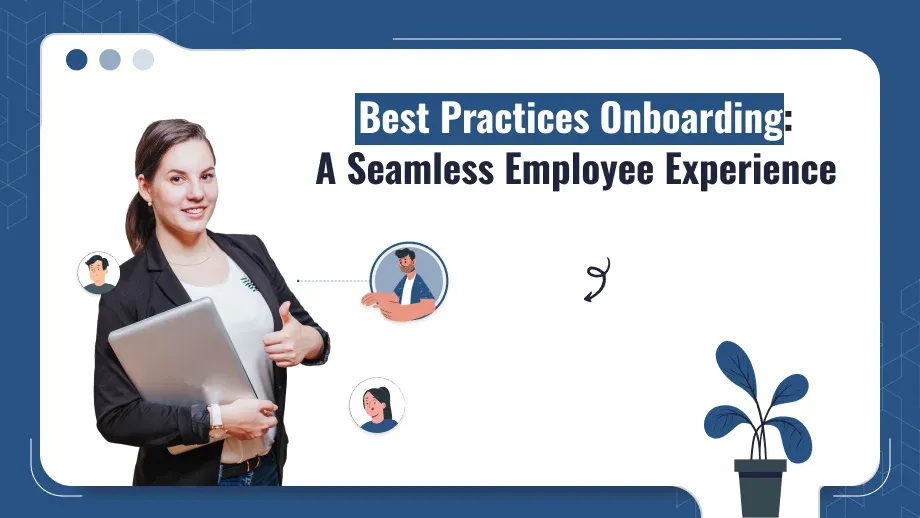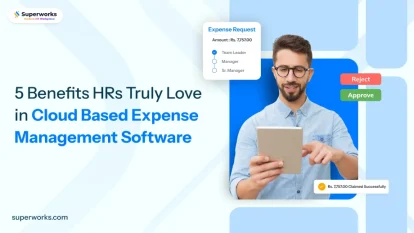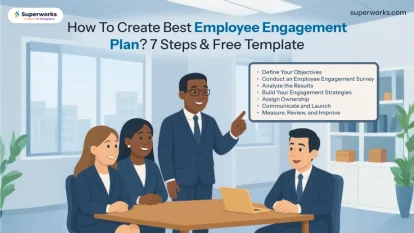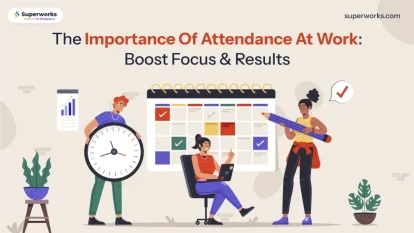
Onboarding is the way new hires see the company and how they engage, stay and get productive. Best practices onboarding aren’t only smoothing the transition for the new employees but also making them welcome valued and prepared to contribute to the company. Good onboarding experience = higher employee satisfaction and lower turnover. So it’s part of the employee lifecycle.
In this article, we’re going to talk about the best techniques to help onboarding. This will deliver a total onboarding experience through the breakdown of the employee onboarding Tool. We are also going to discuss what each phase actually means and how we can make use of the technology in order to improve the overall experience.
The Onboarding Process
A. What is Onboarding
It is the procedure used to get new employees incorporated into the organization. Orientation normally takes place only once, introducing an individual to company policies and procedures, but best practices in onboarding are all of the development of the new hire.
B. Phases of Onboarding
- Pre-Onboarding: This happens before the new hire’s first day, preparation, and engagement activities to make them feel welcome and informed.
- First Day: The first day is key. This sets the tone for their time at the company.
- First Week and Beyond Ongoing support and engagement to make the new employee feel part of the team and equipped to do the job.
Best Practices Onboarding
A. Best Practices for Pre-Onboarding
The pre-onboarding process is the initial step in an enjoyable experience onboarding.
1. Engage New Hires Before Their Start Date
Send Welcome Emails:
- Personalized emails with details about the company, culture, and team can create excitement and anticipation. Introduce their team members and the resources available to them.
Provide Access to Company Resources:
- Employee handbook
- Training materials
- Online platforms
2. Prepare the Work Environment
Set up Workstations:
- Ensure workstations are equipped with the necessary tools, technology and resources to help new employees get started in their role.
Ensure Access to Necessary Tools and Technology:
- Login credentials for software
- Communication tools
- Other platforms they’ll need from day one.
Ready to Transform Your Onboarding Process?
Implementing these best practices onboarding can significantly enhance your onboarding experience.
B. First-Day Strategies
The first day can be overwhelming for new employees so create a structured yet warm environment.
1. Warm Welcome and Introductions
- Friendly Atmosphere: A warm welcome from team members makes them feel part of the team. Furthermore, have your existing employees introduce themselves and discuss their experiences.
- Introduce the Team Members and Key Stakeholders: It would be a good thing to introduce colleagues, mentors, and key stakeholders where the new hires can get acquaintances with the company.
2. Structured Orientation Agenda
- Company Culture, Mission, and Values: Give an overview of the company’s core values, mission statement, and culture in terms of which new hires will be able to define goals for themselves with the company.
- Policies and Procedures: Give clear expectations, company policies, and important procedures so as not to create unnecessary confusion.
C. Ongoing Onboarding Support
Onboarding is not a one-day activity. The best practices for onboarding are characterized by current support.
1. Regular Check-ins and Feedback
- Feedback Loops: Leverage cloud-based HRMS software to schedule regular check-ins to discuss progress, answer questions, and address concerns. This builds trust and makes new hires feel valued by providing an organized platform for continuous communication and support.
- One-to-One Meetings: Utilizing cloud-based HRMS, schedule recurrent one-to-one sessions with direct supervisors or mentors and monitor interactions to ensure each employee receives personalized guidance and encouragement. This enables seamless interaction and helps supervisors stay updated on employee development.
2. Training and Development Opportunities
- Training Programs: Use an evaluation of the individual learning style to design varied training programs.
- Encourage Workshops and Seminars Participation: Suggest a workshop or online seminar of their interest to new hires.
D. Supportive Company Culture
A supportive company culture helps with best practices for onboarding and employee engagement.
1. Inclusivity and Belonging
- Welcoming Diverse Employees: Treat respect towards the diversity and inclusivity that the company wants to bring forth by using effective best onboarding practices that prove an equal chance for every individual being part of the company.
2. Peer Mentoring
- Assign an Experienced Employee to New Hires: Design a mentorship program in which the experienced employees can facilitate new hires to be comfortable with the merchant onboarding process.
- Benefits of Mentoring in Onboarding Mentors have direct insights into company culture and expectations as well as the best practices, onboarding it means helping the transition to be smoother.
E. Technology in Onboarding
Using technology in onboarding can streamline processes and improve the experience.
1. Onboarding Software Solutions
- Overview of Tools for Onboarding: Explore the best practices of HRMS software solutions in India that manage onboarding documents, track tasks, and enhance employee engagement. With these tools, companies are afforded to streamline and structure their onboarding experience.
- Advantages of Digital Onboarding: Digital onboarding with HRMS software in India can automate processes and provide consistency, thus granting instant access to all resources for new hires and minimizing manual efforts towards and transition to the organization.
2. Virtual Onboarding Best Practices
- Remote Onboarding Strategies: For remote teams use video conferencing tools and online platforms to introduce and train.
- Keeping Engaged in a Virtual Environment: Use interactive activities and regular communication to build connections and keep new hires engaged.
Measuring Onboarding Success
To measure onboarding practices, organizations should have metrics.
A. Key Performance Indicators (KPIs)
- Employee Retention – Measure new hire retention to the first year to gauge onboarding effectiveness.
- Time to Productivity: Measurement Time to Productivity Find out how long it takes for a new hire to attain full productivity in order to get the efficiency of the onboard process.
B. Feedback from New Hires
- Surveys and Evaluations: Send out surveys to understand the onboarding experience and which area needs improvement.
- Applying Feedback to Improve Onboarding: Use feedback analysis to make adjustments and ongoing improvements to the onboarding process.
Summary
Best Practice Onboarding best onboarding experience creates a positive impact that leads toward engagement, retention, and productivity. By focusing on pre-onboarding, structured first day, ongoing support, inclusivity, technology, and measuring success, you can build an onboarding statistics framework.
As the workforce changes, the onboarding and offboarding process needs to adjust to new hires. Investing in the onboarding strategy is going to improve employee satisfaction but also a culture of engagement.





